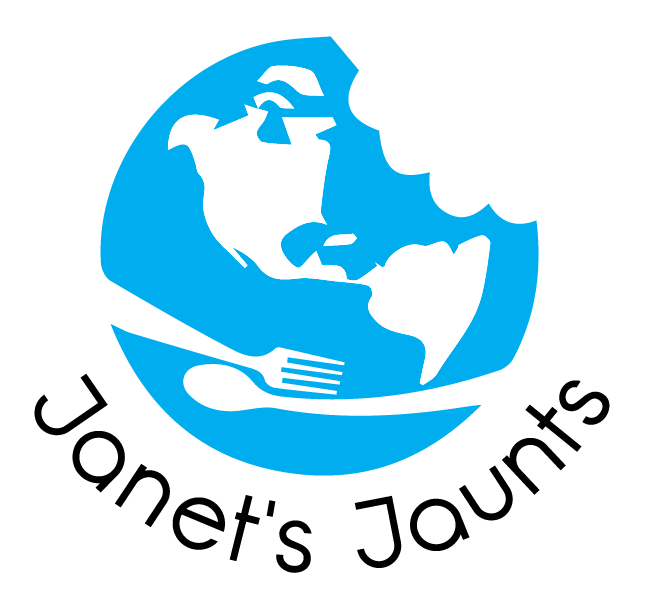Blogging from France
The entire process from Europe leaves much to be desired. Here they call wi-fi wee-fee and until just a few minutes ago we’ve been in very rural places where it was unreliable at best. Yesterday and the day before I filed what I thought were wonderful accounts of my experiences in Languedoc, which for marketing purposed they’ve dubbed the South of France, But neither of them have showed up and I can’t imagine why. So I will try to reproduce them now even though it means skipping the chance to swim after walking around outdoors all afternoon in 100 degree heat. I still am not certain about Celsius conversation but the thermometer I saw in Narbonne (and otherwise delightful 52,000 person town) read 36 Celsius so I figure its’ pretty close. I don’t need a thermometer to tell me its really hot. I will catch up with the details in my story which will run in July, but here’s a recap of what was lost in cyberspace.
On Wednesday we were welcomed with freshly picked cherries by Anne, proprietress of Château Mourgues du grès in the countryside near Beaucaire, where we began our day (after the cherries) with a walk around the farm and the countryside around it. Its the Costières de Nîmes appellation, which was only formed in 1986. About ten years prior to that her father in law had planted grenache grape and spaced the widely on a hillside. His wine making colleague questioned his sanity because its a low yield grape and at the time this area was producing quantity, not quality. But now the others have caught up with him and are making lush flavors, blending grenache with syrah and a few other varietals. Since terroir is an important concept here, and one reduced to the word microclimate in America, Anne took us out into the garrigue, what the countryside is called here. Driving by it took like nothing more than a lot of scrub bushes punctuated by an occasional live oak tree and lots of shoulder high yellow flowers I first mistook for the gorse I’d seen in Scotland. But here they smell like honey.
After a few minutes we were smelling the wild roses, thyme. rosemary, fennel, and other plants that. “Some think our syrah has tastes of olive,” she told us, adding that the family also takes its olives to a local cooperative from pressing into olive oil. Large stone, that looked to me like smooth river stones, are part of the soil. They collect the heat by day and keep the soil warm at night, making it possible to grow the grapes found here. The Collard family’s farm is mostly in grapes but also has cherries, apricots, peaches and pears, which are tended by others.
I need to take a break and find out how to turn on the air conditioning in this lovely but very hot place where we are staying. Its obvious to me at least that French devices and I don’t get along. I can’t even get the phone to work so will have to walk the equivalent of about 5 blocks the reach assistance at the front desk. Then I will try to catch up and blog further about Nimes, the Pont du Gard, Narbonne and Fontfroide Abbey.
Till then, here are some resources: mourguesdugres.com; lecastellas.com; and narbonne-tourism.co.uk



Recent Comments